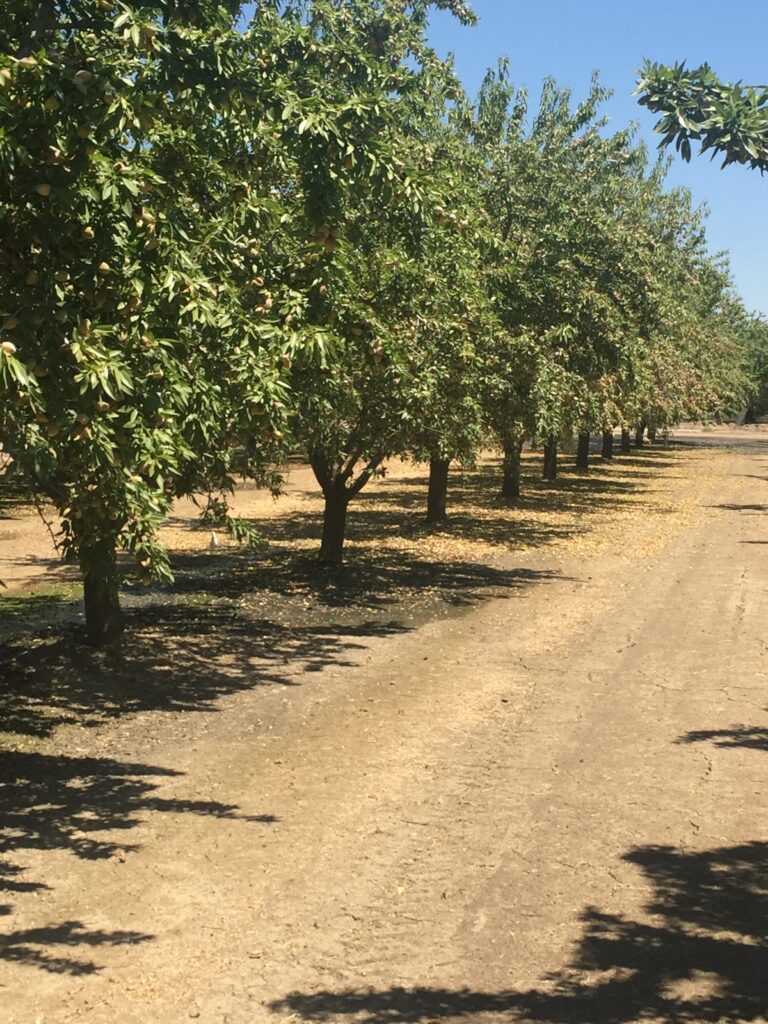Where do foliar sprays fit in a regenerative system?
Soil health is essential for a resilient plant, but we can also ramp up plant resilience and aid in building soil health by applying timely foliar sprays. For example, we can load up a perennial tree with reproductive inputs in a delayed dormant treatment prior to bloom and induce resistance to bloom-time diseases. We could also utilize an in-season foliar spray to increase photosynthetic efficiency and increase the sugars within the plant, about a third of which will be root exudates that feed soil biology. I have personally seen soil organic matter increases that far outweigh the pounds of compost or carbon we have applied, and I attribute much of these gains to my adoption of aggressive foliar applications.

Under the conventional agricultural system, we would add some nutrition only when it was getting a “free ride” with either a fungicide or an insecticide application. Now, we are doing many applications without a fungicide or insecticide, because by enhancing plant performance, we’re able to achieve similar results with nutrition. I wish I would have listened to my early mentor, doctor Tom Yamashita, when he was preaching the value of foliar sprays to me over 20 years ago. I resisted his advice, only adding them with the so-called free rides. It wasn’t until about six years ago that I started utilizing foliar sprays more extensively. Soon after implementing this practice, plant health improved, along with more consistent yields due to increased carbon production.
When building a foliar application, my first rule is to make sure you stack the proper nutrients to create what you want. Do you want reproductive growth? If so, I use a stack of calcium, boron, phosphorus, zinc, manganese and cobalt. Or do you want a vegetative response? If so, I like using stacks with more of an emphasis on nitrogen, while also including humic, potassium, calcium, iron, zinc and silica. The nitrogen source varies depending on whether the crop is organic or conventional. We can use plant-derived amino acids or even good old urea (low biuret) if it is sufficiently buffered with carbon. Other stacks I use help prevent disease and abiotic stress. These all include silica, selenium, iodine, manganese, zinc, copper and boron, and of course calcium and kelp.
Support authors and subscribe to content
This is premium stuff. Subscribe to read the entire article.
















